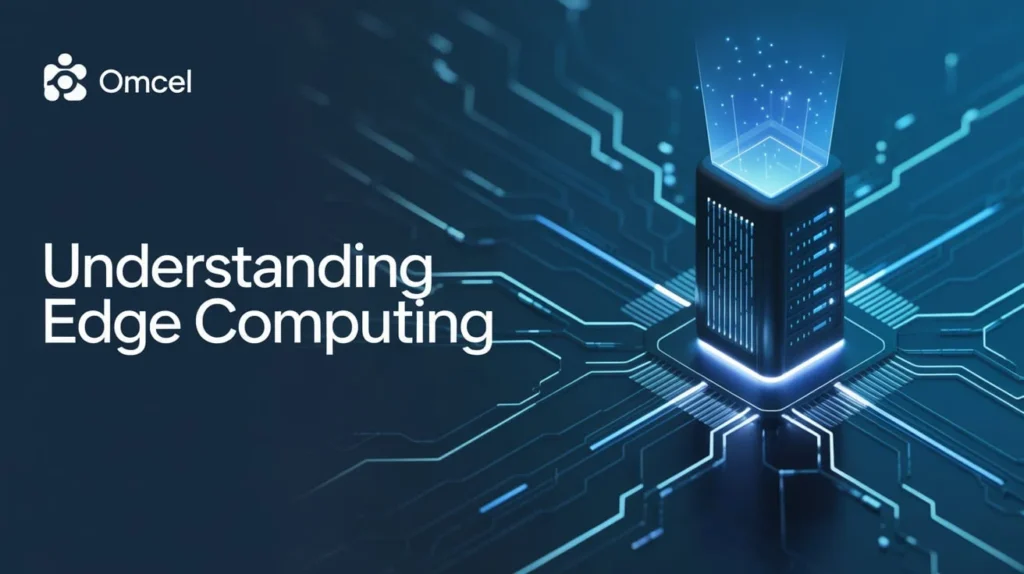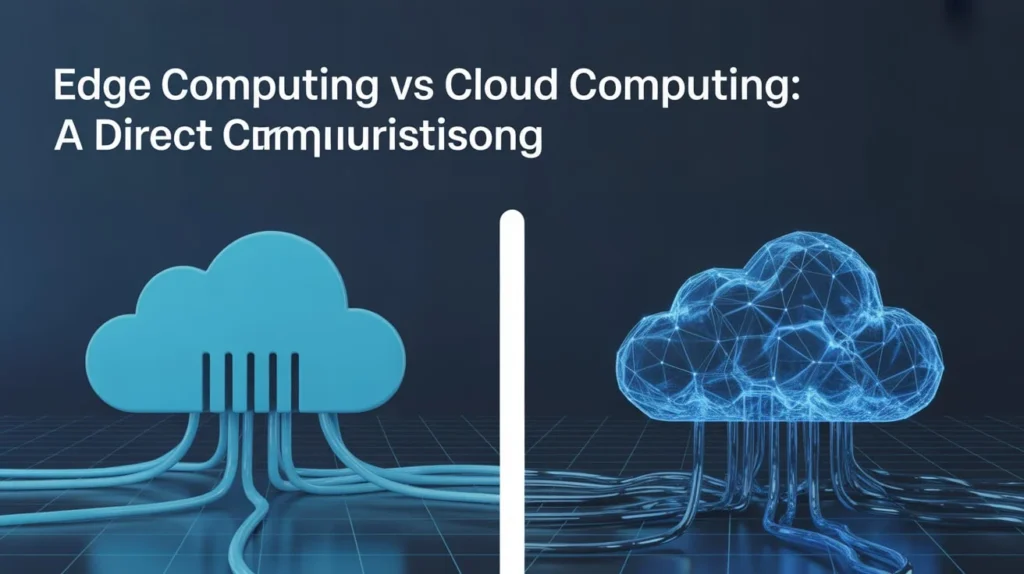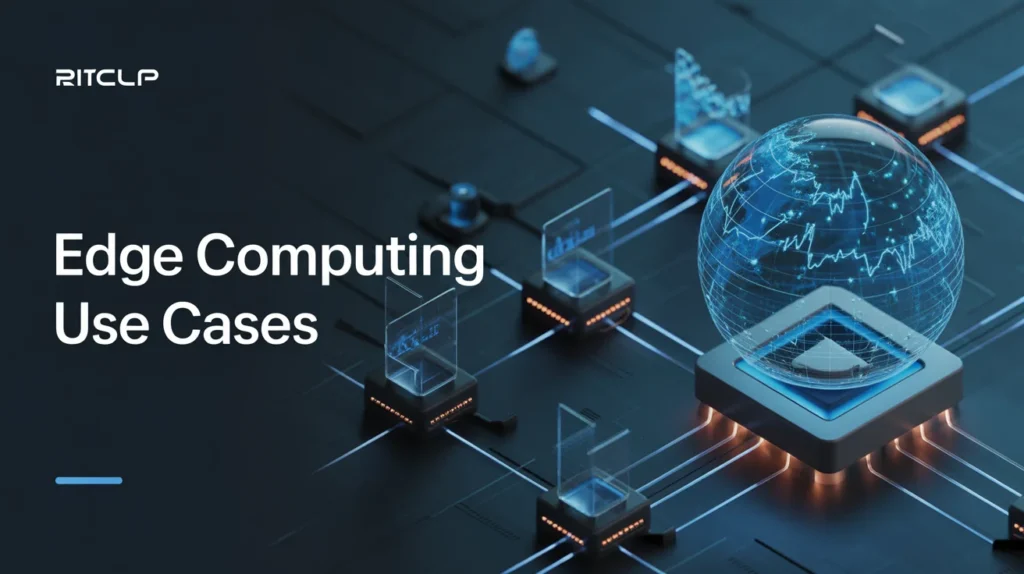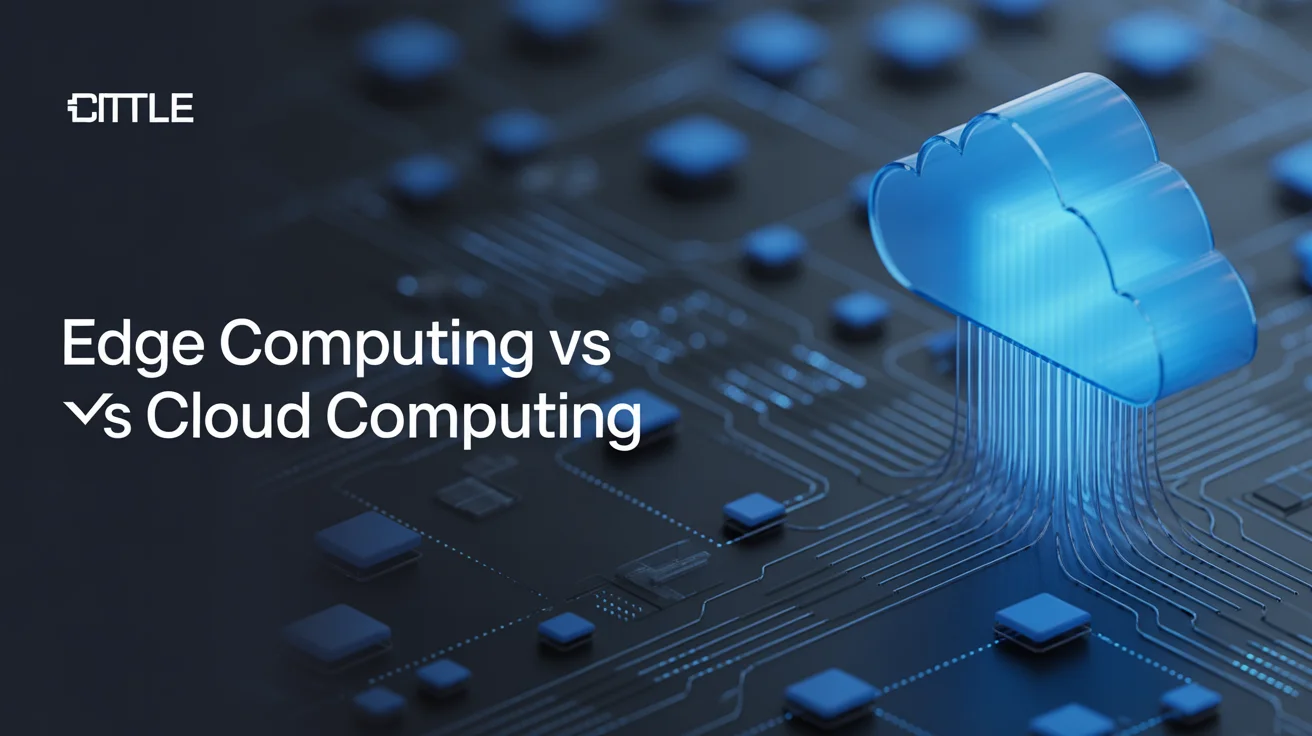In today’s fast-paced digital world, edge computing vs cloud computing has become a hot topic in technology discussions. Businesses, developers, and IT professionals are constantly exploring the differences, benefits, and challenges of these two models.
While cloud computing revolutionized how data is stored and processed by moving workloads to centralized servers, edge computing is pushing the boundaries further by bringing computation closer to the data source.
This shift is not just about speed; it’s about reliability, scalability, and preparing for a future powered by IoT, AI, and real-time applications.
Understanding Cloud Computing
Cloud computing is the delivery of computing services—including servers, storage, databases, networking, software, and analytics—over the internet. Instead of owning physical hardware, companies rent resources on-demand from cloud providers like Amazon Web Services (AWS), Microsoft Azure, or Google Cloud.
Key Features of Cloud Computing
- Scalability: Easily scale up or down based on demand.
- Cost-efficiency: Pay-as-you-go pricing eliminates upfront capital costs.
- Accessibility: Access applications and data from anywhere with an internet connection.
- Reliability: Redundancy and backup systems ensure high availability.
Understanding Edge Computing

Edge computing shifts data processing closer to where it is generated—at the “edge” of the network, near devices like sensors, cameras, or IoT gadgets. Instead of sending raw data back to a distant cloud, processing happens locally on gateways, routers, or edge servers.
Key Features of Edge Computing
- Low latency: Reduced lag time since processing occurs nearby.
- Real-time processing: Ideal for time-sensitive applications such as autonomous cars or smart healthcare.
- Bandwidth efficiency: Only relevant data is sent to the cloud, saving network resources.
- Enhanced security: Data can stay local, reducing risks associated with transmission.
Edge Computing vs Cloud Computing: A Direct Comparison

Here’s a breakdown of how edge computing and cloud computing differ in practice:
AspectCloud ComputingEdge ComputingLocationCentralized servers in data centersDecentralized, near devices and usersLatencyHigher (depends on internet speed and distance)Very low (local processing)ScalabilityHighly scalable with massive resourcesLimited to edge device capacityCostPay-as-you-go, but can increase with usageSaves bandwidth, but requires hardware investmentUse CasesData storage, analytics, SaaS, enterprise appsIoT, smart cities, autonomous vehicles, AR/VRReliabilityDependent on internet connectivityWorks even with weak or unstable connections
Benefits of Cloud Computing
- Global reach: Users can access cloud resources worldwide.
- Cost control: No need for upfront infrastructure costs.
- Innovation speed: Quickly deploy applications without managing hardware.
- Data backup and recovery: Automatic replication ensures business continuity.
Benefits of Edge Computing
- Ultra-low latency: Processing happens in milliseconds, critical for real-time applications.
- Reduced bandwidth needs: Only processed data is transmitted to the cloud.
- Increased reliability: Local computing reduces dependency on a constant internet connection.
- Enhanced privacy: Sensitive data can remain on-premises instead of being uploaded.
Limitations of Cloud Computing
- Latency issues for real-time tasks.
- High dependency on internet connectivity.
- Data sovereignty concerns when storing information across borders.
- Potentially high long-term operational costs.
Limitations of Edge Computing
- Limited storage and processing power compared to cloud data centers.
- Higher upfront infrastructure costs.
- Maintenance complexity across distributed edge devices.
- Security management challenges at multiple endpoints.
Edge Computing Use Cases

- Autonomous Vehicles: Real-time decision-making is essential for safety.
- Healthcare Monitoring: Wearable devices process health data instantly.
- Smart Cities: Traffic lights, cameras, and sensors react instantly to conditions.
- Industrial IoT: Machines can self-correct before failures occur.
Cloud Computing Use Cases
- Data Storage & Backup: Centralized, scalable storage solutions.
- Software-as-a-Service (SaaS): Tools like Google Workspace or Microsoft 365.
- Big Data Analytics: Processing and analyzing large datasets.
- Disaster Recovery: Quick backup and restore processes.
Edge vs Cloud: Working Together
It’s not always about edge computing vs cloud computing—in fact, they complement each other. Hybrid models combine the strengths of both. For example, edge handles immediate, local processing, while cloud manages large-scale analytics and long-term storage.
Future Trends in Edge and Cloud Computing
- 5G Expansion: Ultra-fast networks will enhance both edge and cloud solutions.
- AI at the Edge: Smarter local processing for robotics, retail, and healthcare.
- Serverless Computing Growth: Cloud continues to evolve for flexibility.
- Sustainability Goals: Efficient computing models to reduce carbon footprints.
FAQs
Q1: What is the main difference between edge computing and cloud computing? Edge computing processes data locally near the source, while cloud computing processes data in centralized remote servers.
Q2: Is edge computing replacing cloud computing? No. Edge computing complements cloud computing by handling tasks that require real-time responses.
Q3: Which is better for businesses—edge computing or cloud computing? It depends on the use case. For real-time operations, edge is better; for large-scale storage and analytics, cloud is more efficient.
Q4: Does edge computing save costs compared to cloud computing? Edge reduces bandwidth and latency costs but requires upfront hardware investment. Cloud spreads costs with a pay-as-you-go model.
Q5: How does 5G affect edge and cloud computing? 5G boosts edge computing by enabling ultra-low latency, while also improving cloud services with faster connectivity.
Conclusion
The debate over edge computing vs cloud computing isn’t about choosing one over the other—it’s about finding the right balance. Cloud computing offers scalability, affordability, and centralized storage, while edge computing brings speed, real-time responsiveness, and reliability to the forefront.
Together, they create a powerful hybrid model that supports everything from IoT devices to enterprise-level analytics. As businesses look to the future, combining the strengths of both approaches will be key to unlocking innovation, efficiency, and smarter technology ecosystems.


